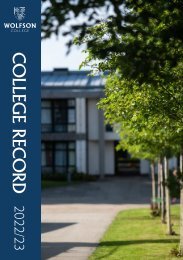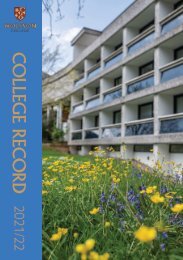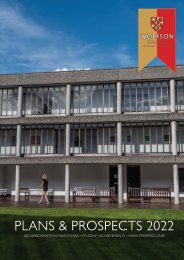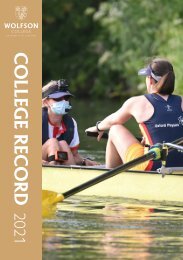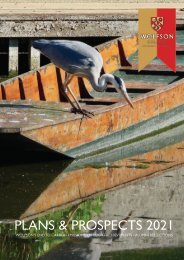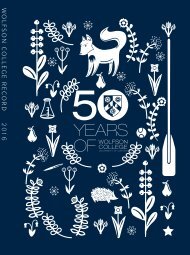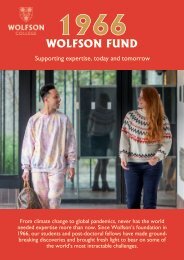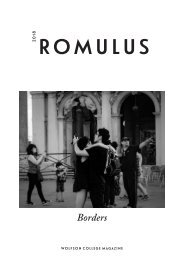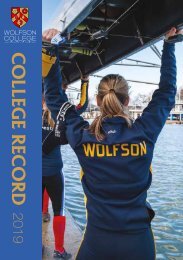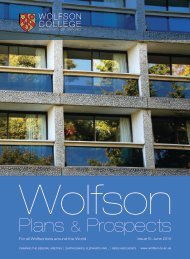Create successful ePaper yourself
Turn your PDF publications into a flip-book with our unique Google optimized e-Paper software.
Optimistically, the collection’s preface states that ‘The dialogues are humorous,<br />
short and easily learnt by heart.’ A pupil from these days, when she was at Southall<br />
Grammar School, recalls her on Friends Reunited: ‘Her striped stockings and long<br />
finger nails will live with us forever!’ Later she taught at Battersea County School,<br />
and was head of modern languages there by 1963, when she produced an edition of<br />
Heinrich Böll, Dr Murkes Gesammeltes Schweigen.<br />
She also moved beyond language and literature into studies of the methodology<br />
of teaching and testing as well as the provision of German-language teaching<br />
materials. Recognition came in the award of the Goethe Medal (1968) by the<br />
Goethe Institute, and then in a tutorship in Modern Languages at the Institute of<br />
Educational Studies, Oxford. After three years there, she moved to Southampton<br />
University, where she was appointed to the newly-founded Language Centre as one<br />
of its first lecturers (1972). Being hardworking and punctual herself, she expected<br />
her students to share her attitude: latecomers to her 9 a.m. lectures could expect to<br />
be directed to come and sit at the front. But academic conventions never troubled<br />
her unduly: she once cancelled her own lecture so that she could go and hear an<br />
archaeologist visiting from Oxford give a lecture in another department. This was<br />
how she met her future friend and collaborator, Martin Henig (SF 1998–2009), who<br />
many years later wrote her obituary for The Times.<br />
It could be said that her second career commenced when she took early retirement in<br />
1979 and started living permanently in Oxford, where the libraries and institutions<br />
such as the Ashmolean Museum and the Institute of Archaeology became her<br />
constant resource. But really she had begun her exploration of the history of the<br />
decorative arts, and especially of the history of jewellery, in her London days,<br />
when she was a regular weekend visitor to the Portobello Road dealers. She had<br />
an extremely eclectic range of interests, but in her disciplined way gradually came<br />
to focus on what she realised was an overlooked area, where someone with a good<br />
memory and an eye could make the most wonderful discoveries. This was the world<br />
of gemstones, especially sards (cut in sardonyx), carved in the Neoclassical style and<br />
often echoing great statues of the Ancient World, in the later eighteenth and early<br />
nineteenth centuries. Previously such carvings had tended either to be mistaken<br />
as Antique or dismissed as mere fakes or copies. She thus had the field almost to<br />
29



